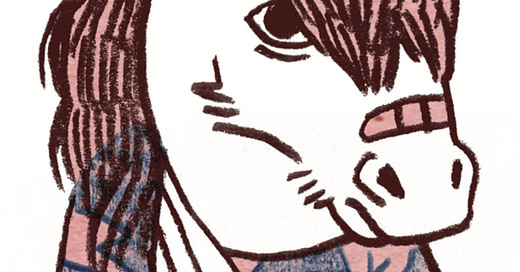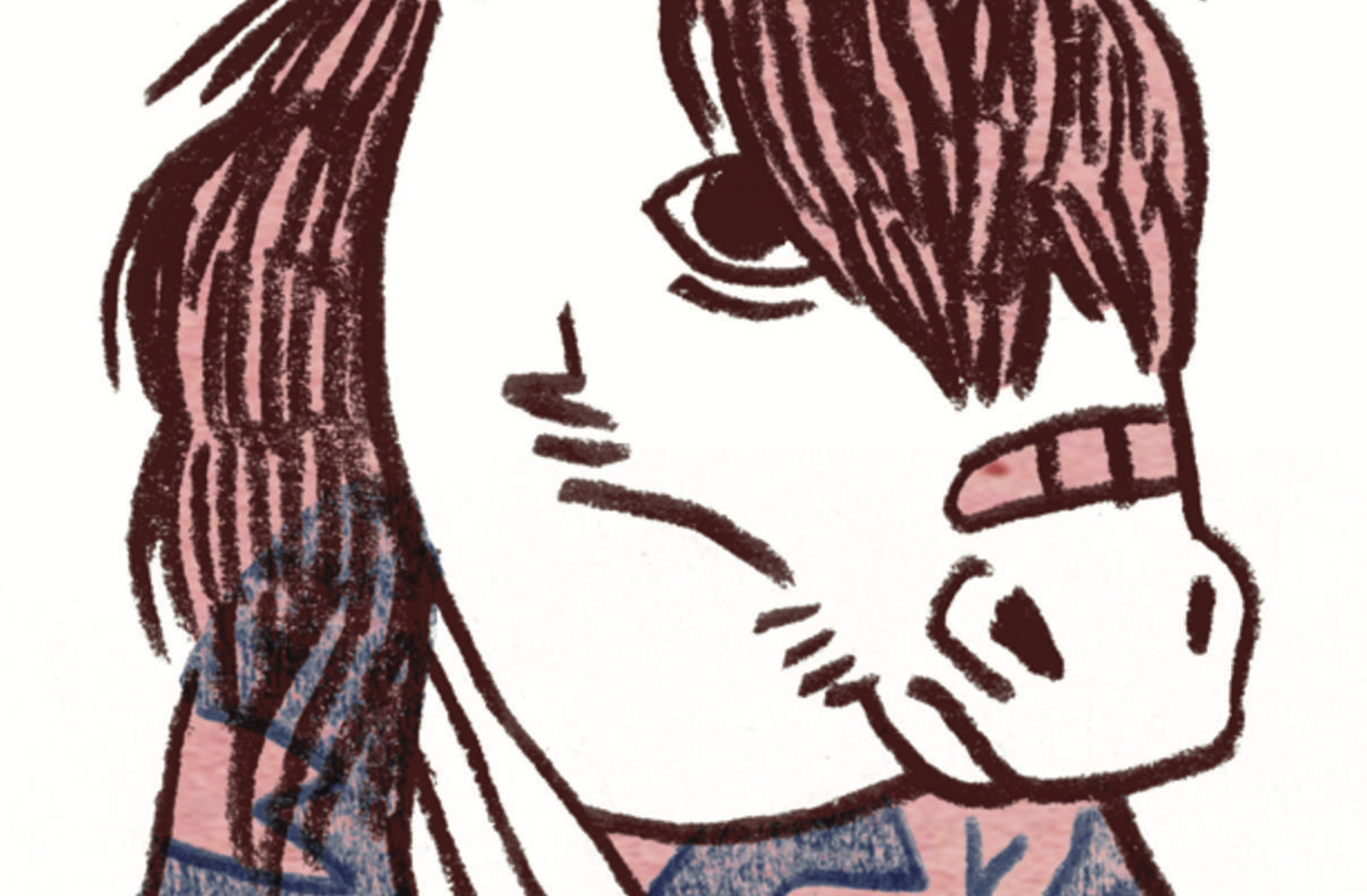The Worst Little Pony I Ever Loved
With you I was dragged through gravel and meadows, scarred my left arm and damaged the growth plate in my right...but I never had a friend quite like you.
It was a glaring afternoon, when all the snow reflects the sun into your eyes, and through your squint it almost seems like everything is black-and-white. He was alone in a small pen, pure white and prancing, a shaggy extension of the knee-deep snow. As the riding instructor grabbed my skinny six-year-old leg and tossed me into the saddle, the pony seemed giant, although in reality he was only four feet tall at the peak of his shoulder.
My mother, a lifelong horse person, had bought my first pony, a tiny Shetland, before I was even born, and she had me riding before I could even walk. Burned out from the early 1980s New York City art scene, my parents had done what many artists seeking space and peace did: bought a farm upstate. Way upstate—just a little too far from anything (an hour from Albany, an hour from Saratoga), Hoosick Falls occupies a forgotten corner of New York scattered with struggling farms and shuttered factories. My father turned the she…
Keep reading with a 7-day free trial
Subscribe to Narratively to keep reading this post and get 7 days of free access to the full post archives.




